The Beauty and Appeal of Turquoise

The color blue is one of the most aesthetically appealing colors. It's the color of the sky, it's the color of the sea, and it's the color of one of the fashion world's most coveted gemstones, turquoise. From earrings to necklaces, wrist pieces, and more, turquoise continues to appeal to many worldwide.
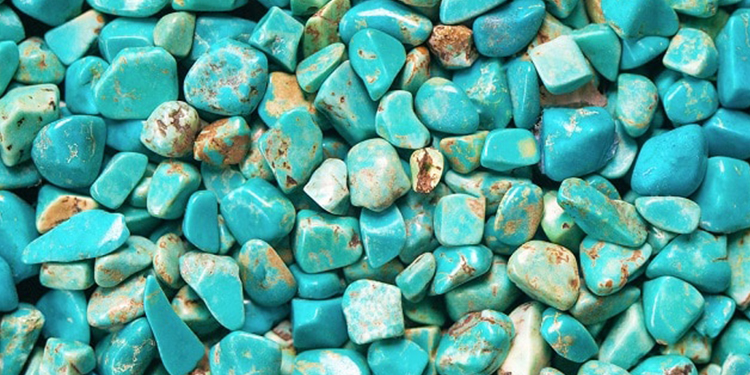
Copper and aluminum formed turquoise pieces naturally in rocks millions of years ago. These gemstones are available in various hues ranging from sky blue to deeper tones.
The appeal that turquoise has today stems largely from the fact that it is one of the few natural minerals on earth to possess its distinctive blue color. Although it is widely deemed a semi-precious gem, the rarity of turquoise makes it a significantly valuable possession.
The History and Significance of Turquoise in Various Cultures
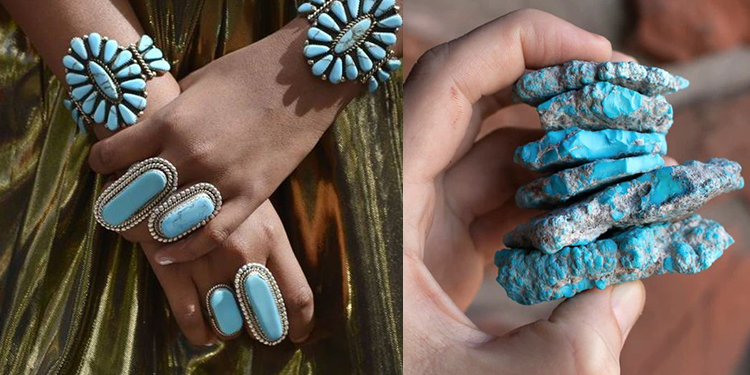
Originally mined in significant amounts in Iran, China, and Egypt from ancient times, turquoises were introduced to Europe by Turkish traders. Eventually, it was discovered in the Southwest of the U.S.A. Today, however, most of the world's turquoise originates from China.
In some cultures, turquoises are considered powerful talismans capable of attracting positive energy. These gemstones appear in the tombs of ancient Egyptian Pharaohs who valued them for their elegance and perceived spiritual powers. Among the cultures of Native American tribes, Turquoises appear significant. Revered for its semblance with the sun and the sea, this gemstone is often mentioned in Native American folklore. This is the case, especially among the Navajo, Hopi, and Zuni, for whom it is culturally and religiously important.
The Increasing Popularity of Turquoise Jewelry
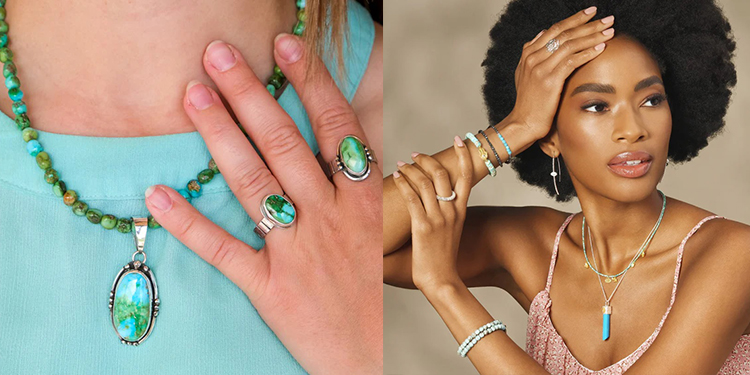
Today, turquoise is highly valued as a rare semi-precious stone. When used in jewelry, blue adds a sense of serenity and elegance to one's appearance. This gemstone remains a crucial part of fashion for several models and non-models worldwide.
Types of Turquoise
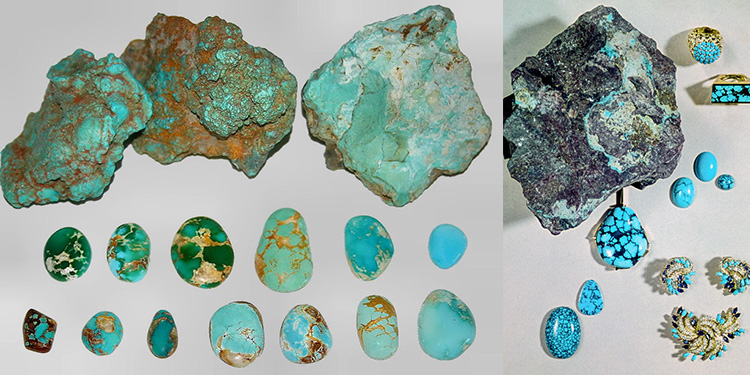
Turquoise pieces on sale today can be categorized into two major parts: natural and treated.
Natural Turquoises
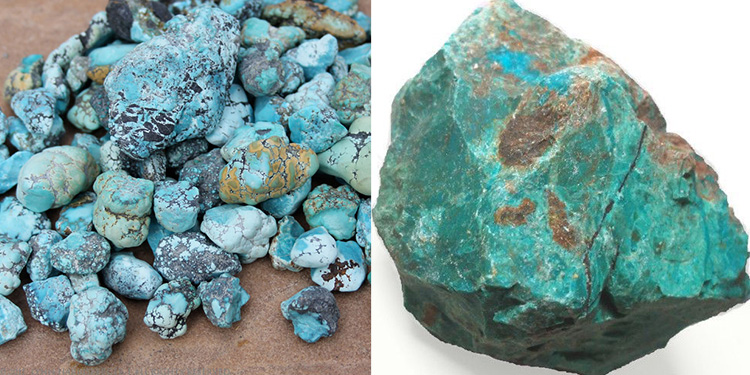
These are turquoises that are not chemically enhanced or passed through any treatments. Only a very small percentage of turquoise stones available today are truly natural. This is largely because these stones are usually relatively easy and easy to break when cut. There is also the issue of porosity which plagues many natural turquoises.
However, hard natural turquoise is highly coveted by jewelry collectors alike. The rarity of these stones has put them in a position to command a significantly high market price.
Treated Turquoise
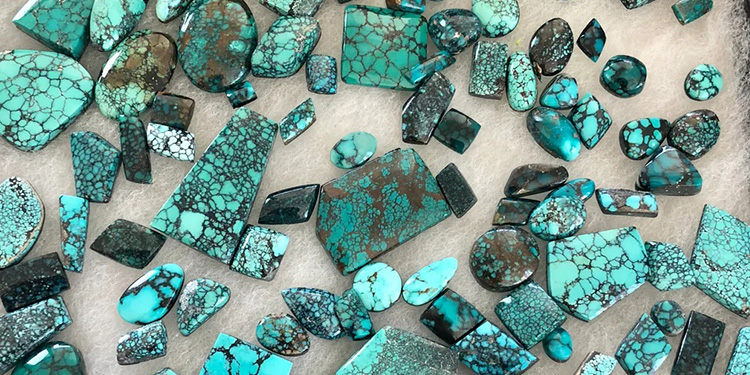
As the name implies, these are turquoises passed through chemical treatments to enhance their color, shine, and general appearance. Various jewelers employ several methods to enhance the looks of their stones. While treated turquoises generally cost less and have a longer life than natural ones, the treated variety may be less attractive.
Reconstituted Turquoise
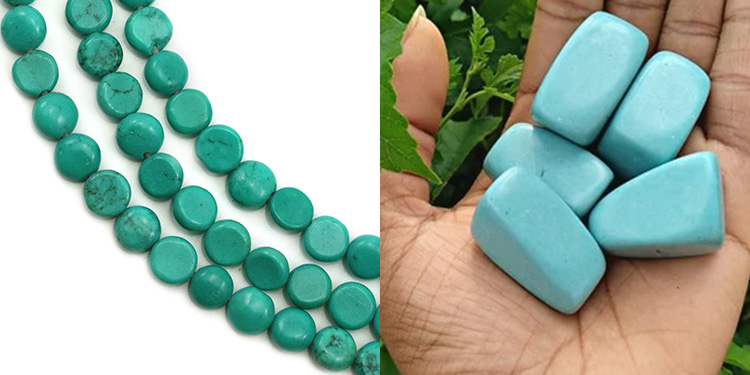
Unlike natural turquoises formed over thousands of years in rocks, reconstituted turquoises are artificial, using low-grade turquoise and other non-precious materials. These materials are ground and mixed with chemicals such as dyes, resins, plastics, and epoxy. Special machines are then used to make the product appear just like the natural.
Since this type is made with little or no turquoise, some experts believe reconstituted turquoise should be considered something other than turquoise.
Importantly, knowing whether a stone is natural, enhanced, or reconstituted by mere physical inspection is generally difficult. It is, therefore, crucial to always verify that from one's jeweler before purchasing.
How to Determine the Quality of Turquoise
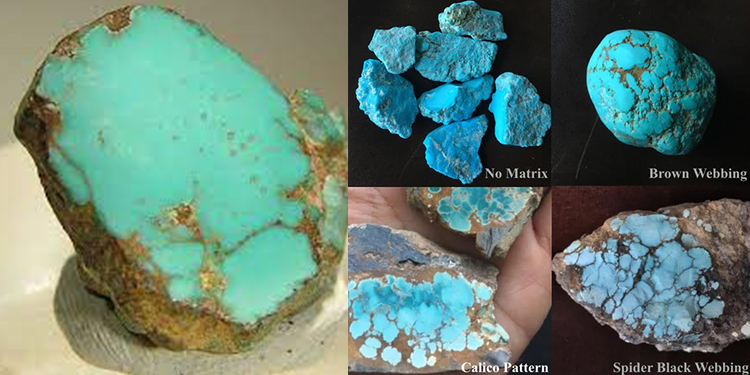
With so many types of turquoise in circulation today, it is important to verify the quality of a turquoise product before buying it to avoid overpaying. Here are some means to achieve this.
Color
Most turquoises come in shades of blue or green.
Green Turquoises
These are generally rated as less desirable than blue turquoise. However, some people prefer this variety, and some remarkable modern fashion designers have used it.
Blue Turquoise
Blue is the color that is most associated with turquoise. Blue turquoise jewelry is also considered more attractive and commands higher prices on the market.
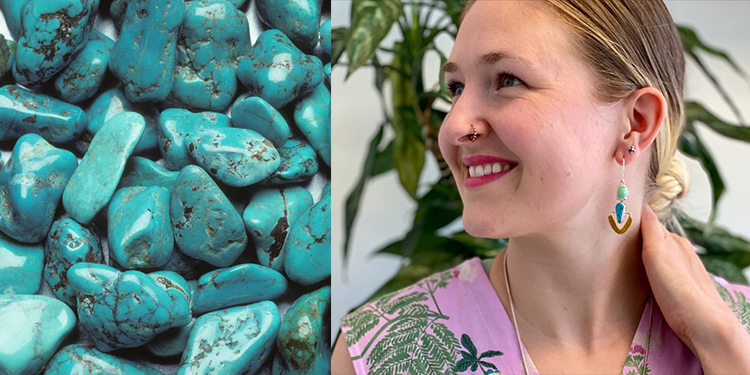
Matrix
A matrix refers to the splotches or lines of dark brown, yellow, or other hues that crisscross the faces of natural turquoise. These "veins" occur naturally from the minerals in the rock in which the gemstone developed. While the existence of matrixes on a turquoise can reduce its value in some places, the reverse is the case in other areas. In the U.S.A., matrixes are generally valued as a beautifying factor.
Luster
This means the appearance of a gemstone's base when interacting with light. Turquoise gemstones are typically waxy, and although most turquoises do not let light pass through them, some sections of the gems may be slightly translucent.
Hardness
The harder the turquoise, the higher its desirability and value. While most natural turquoises are rather soft, they are often hardened by adding materials such as resins. Good quality turquoises should measure around 3.5 or more on the Mohs Hardness scale, although some good natural turquoises measure 6 or more. You can also scratch the surface of the stone to verify its hardness.
Differences in individual taste matter a lot in selecting turquoise. Choose one that appeals the most to your sense of aesthetics.
How to Buy Turquoise
Authenticity

Try to verify if your stone is authentic by asking your jeweler directly whether the stone you wish to buy is original or not. You can also ask for a written attestation of the value of your turquoise before buying.
Source
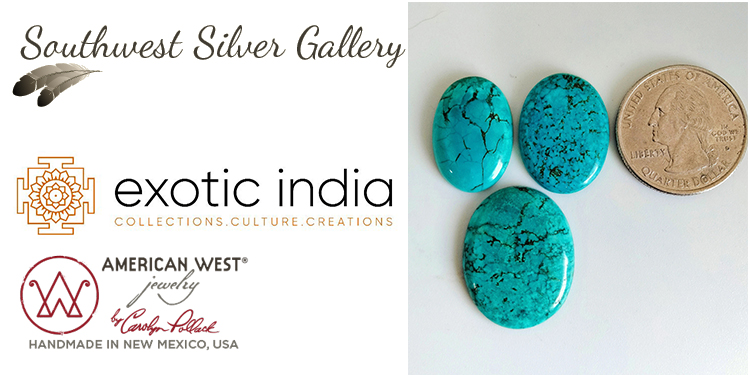
There are a variety of online stores and jewelers from where people can get turquoise of all types. They include Southwest Silver Gallery, American West Jewelry, and Exotic India Art.
Budget
Consider how much you will spend on your turquoise. Prices from these gemstones can vary wildly from one dollar to a thousand depending on the features and quality of the individual turquoise.
Caring for Turquoises
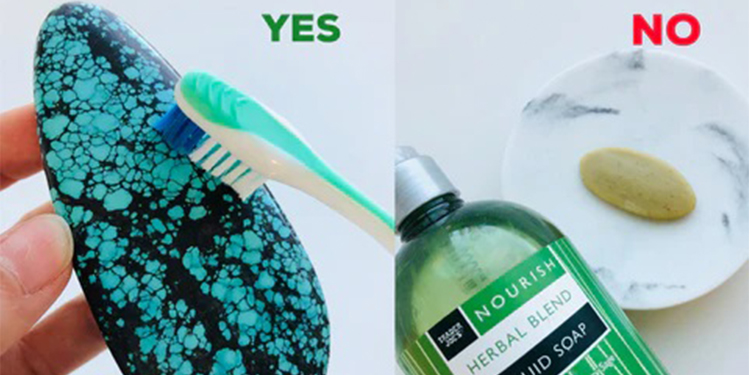
Turquoises are highly valuable gemstones that can serve as a fashion accessory and a store of value. To get the best out of turquoise, keeping them in the best conditions is necessary. Here is how you can achieve this.
Cleaning Techniques
As turquoises are often resistant to dirt, you would only need to clean your gems sometimes. However, you can use warm soapy water when cleaning them.
It is advised to keep turquoises away from all forms of moisture unless necessary, as exposure can damage the stones. This means users must take off their turquoise jewelry before taking a shower or going out for a jog. The use of steam cleaners for turquoises is strictly discouraged.
Storage
The most important consideration when storing turquoise jewelry is to keep them dry. This means you can store them in a jewelry box. To provide additional protection, you can wrap it up in a piece of dry cotton cloth.
How to Wear Turquoise
Outfit Paring and Style Tips

You can use turquoise jewelry to provide the spark to light up your white and black outfit. You can go for a contrasting color with your sky-blue turquoise jewelry. A brightly colored shirt or gown will sit nicely with your turquoise neckpiece and statement earrings. If you wish to go with a simple gown, large turquoise statement jewelry is sure to turn heads in your direction.
Frequently Asked Questions About Turquoise
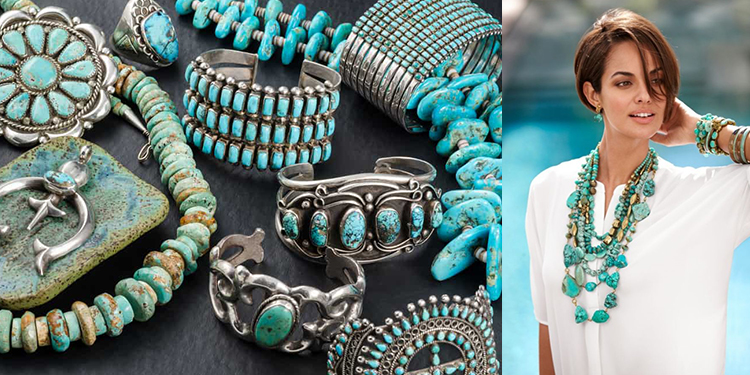
Q: What is the difference between natural and treated turquoise?
A: Natural turquoise is formed in rocks over thousands of years through natural processes. However, treated turquoise pieces have been enhanced artificially to improve their appearance. Good natural turquoise is generally more valuable than the treated variety.
Q: What is reconstituted turquoise?
These turquoise pieces are factory-made from low-grade turquoise, which is crushed and mixed with plastics and other materials to create turquoise pieces. This variety of turquoise is typically less valuable than the natural or treated types.

Q: How can I tell if my turquoise is authentic?
There are several ways to verify the originality of your turquoise. However, the fingernail test is one of the easiest methods. To do this, scratch your fingernail along the surface of the turquoise. If your fingernail gets stuck in the matrix veins on its surface, you have a piece of authentic natural turquoise on your hands.
Q: Can turquoise be damaged by water or chemicals?
A: Yes. Keeping turquoise away from liquids and moisture is advised, which may damage the stone.
Q: Can turquoise be repaired if damaged?
Turquoises are naturally rather brittle and can get cracked or damaged. In such cases, it is possible to get them repaired. It is advised to use expert assistance as this process is quite delicate and could further damage the stone.
Conclusion
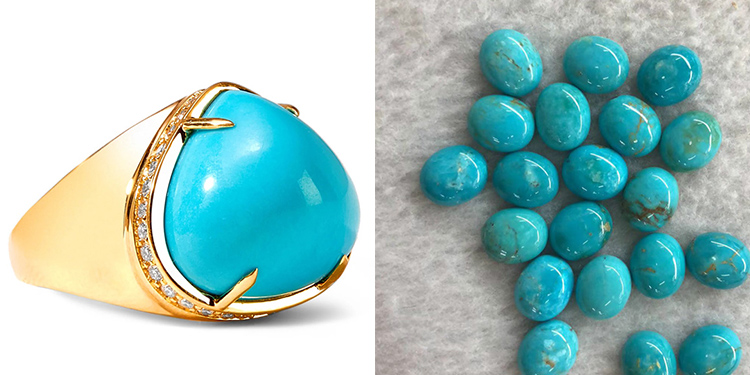
Since ancient times, turquoises have maintained a pride of place in the fashion world. Today, an ever-increasing number of people are turning to this gemstone to spice up their appearance and make a great fashion statement. Undoubtedly, turquoise jewelry would make excellent additions to your jewelry collection.


Leave a Comment